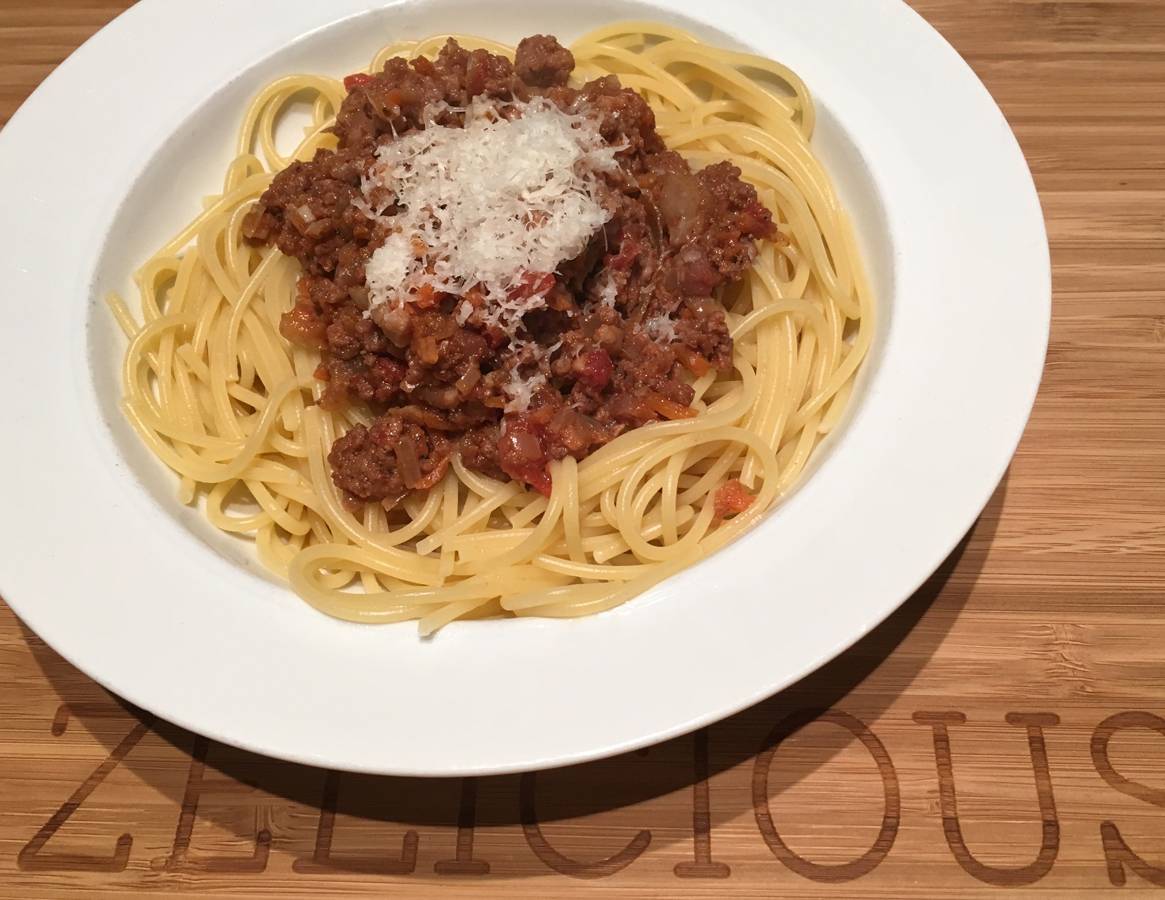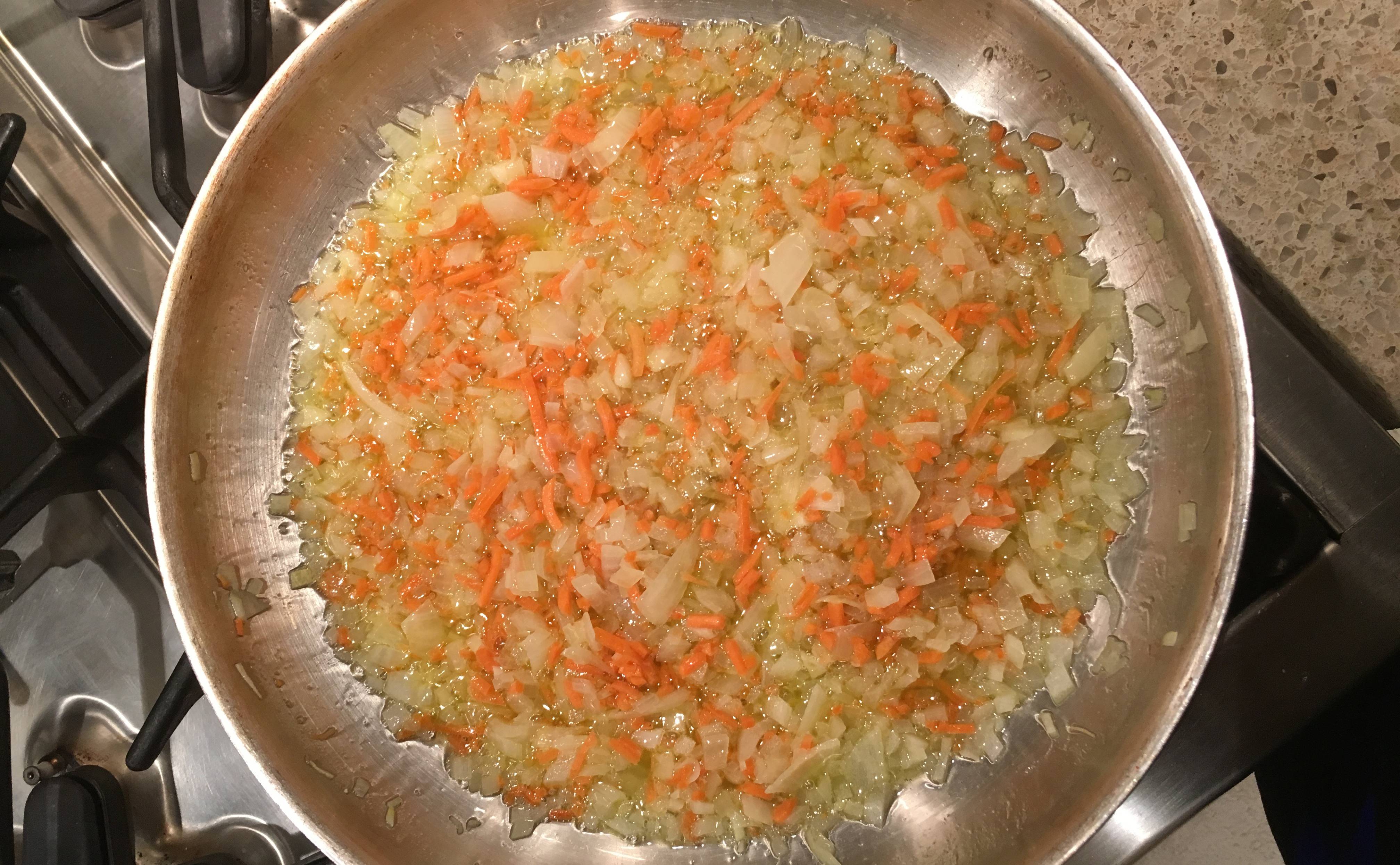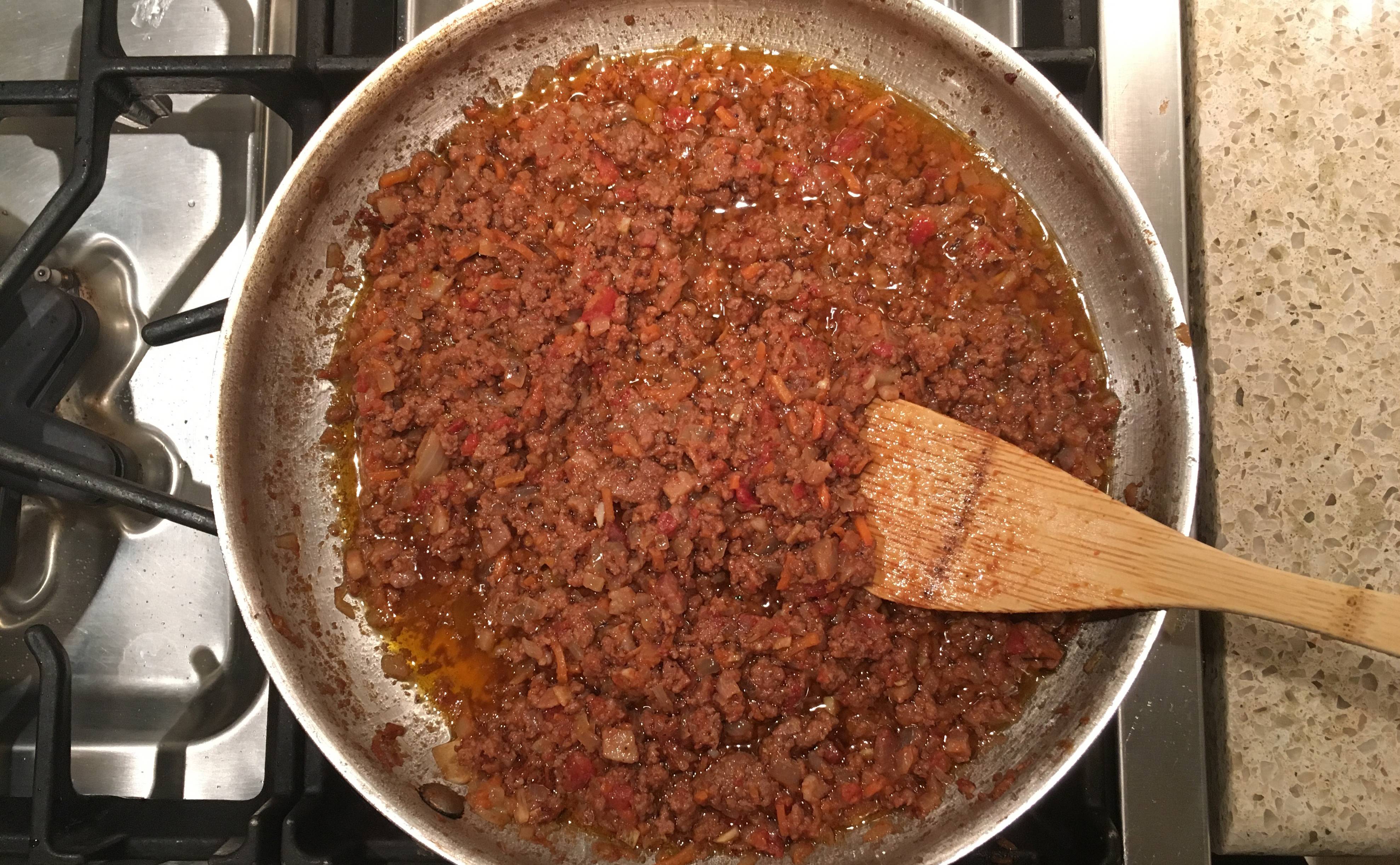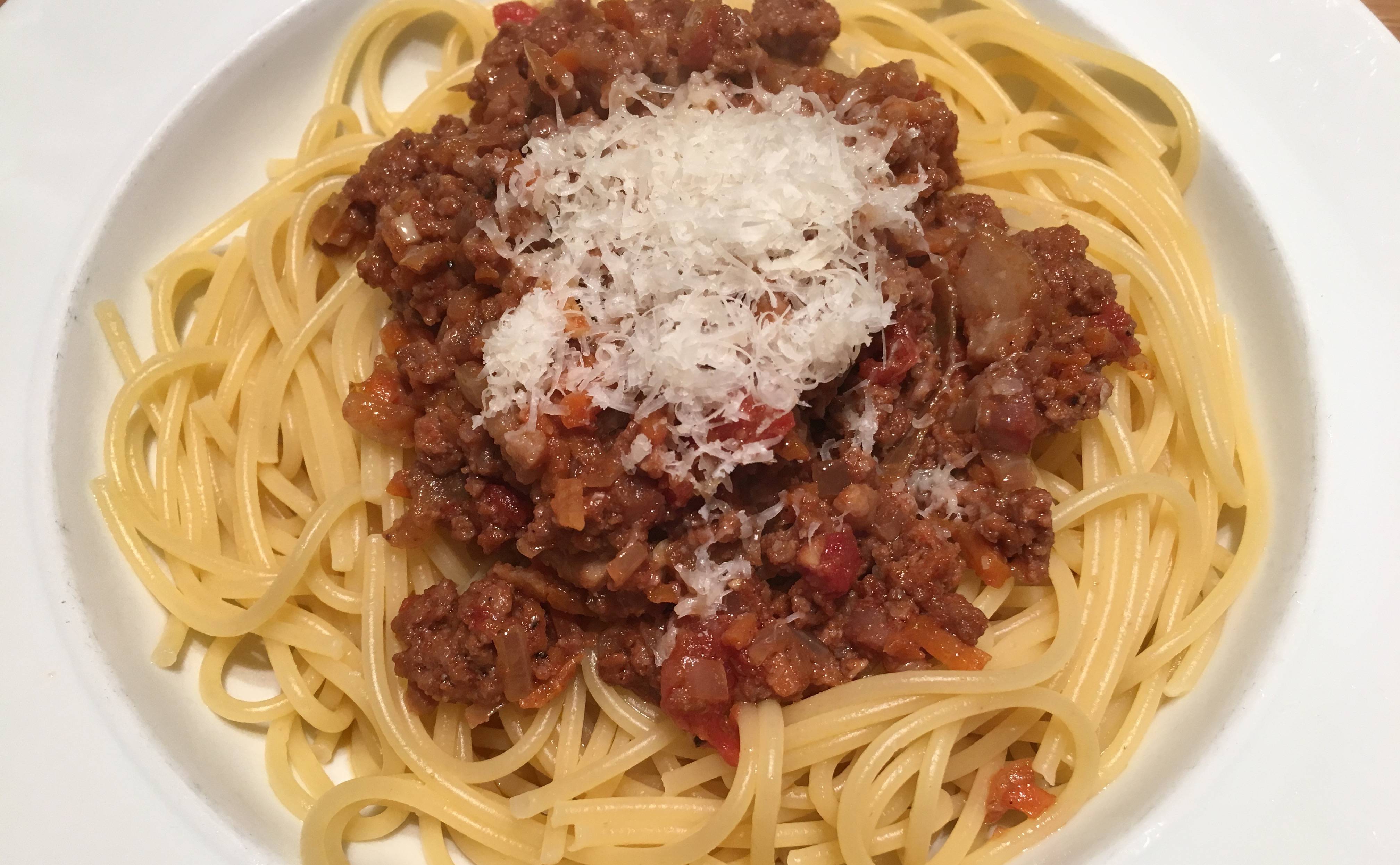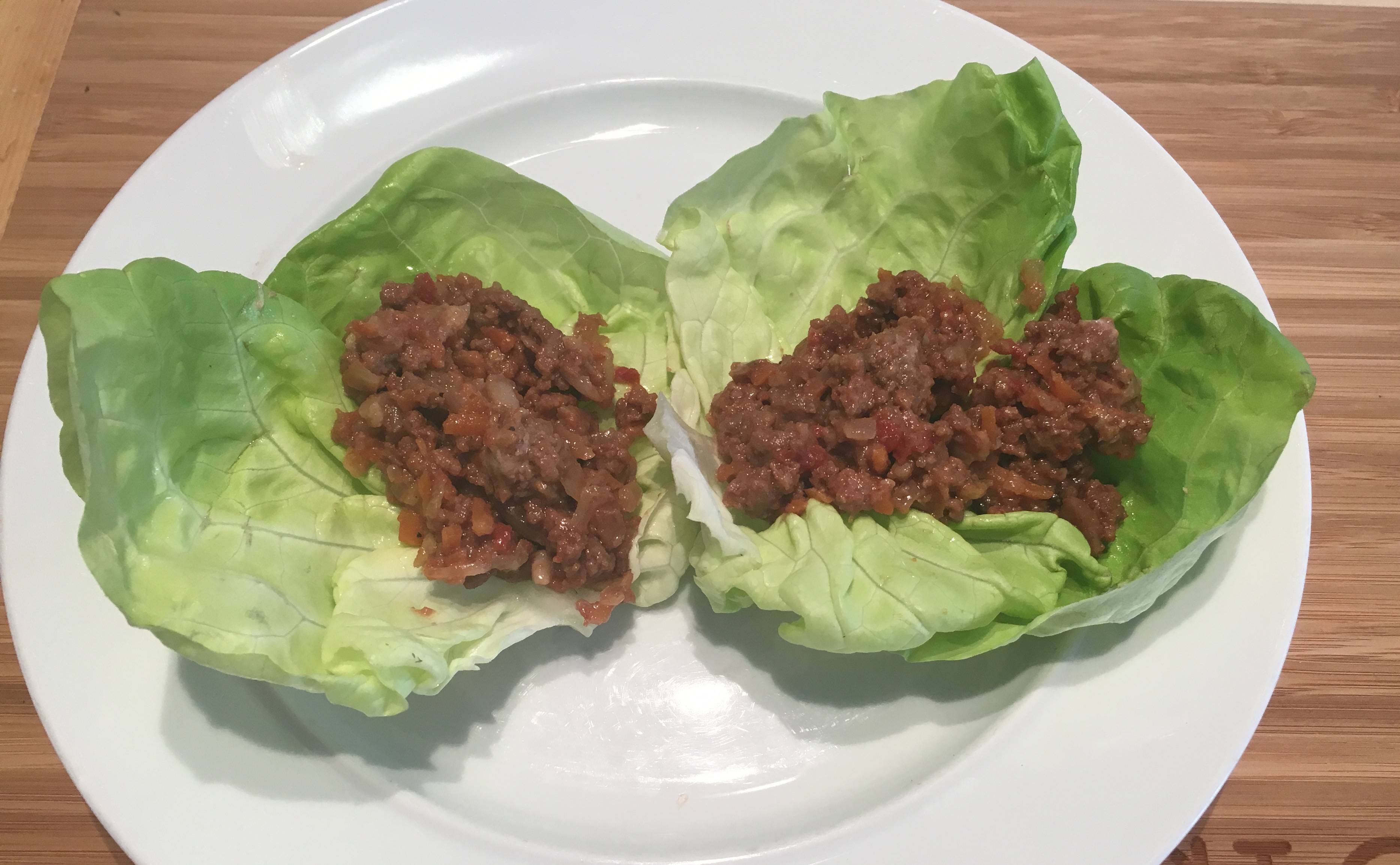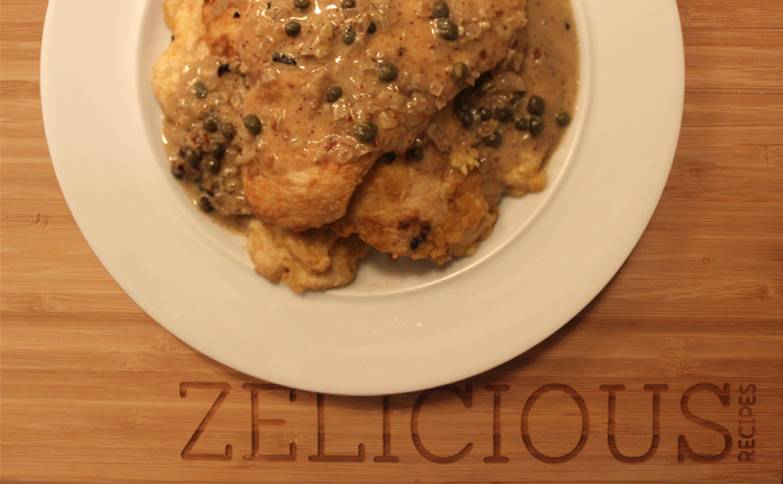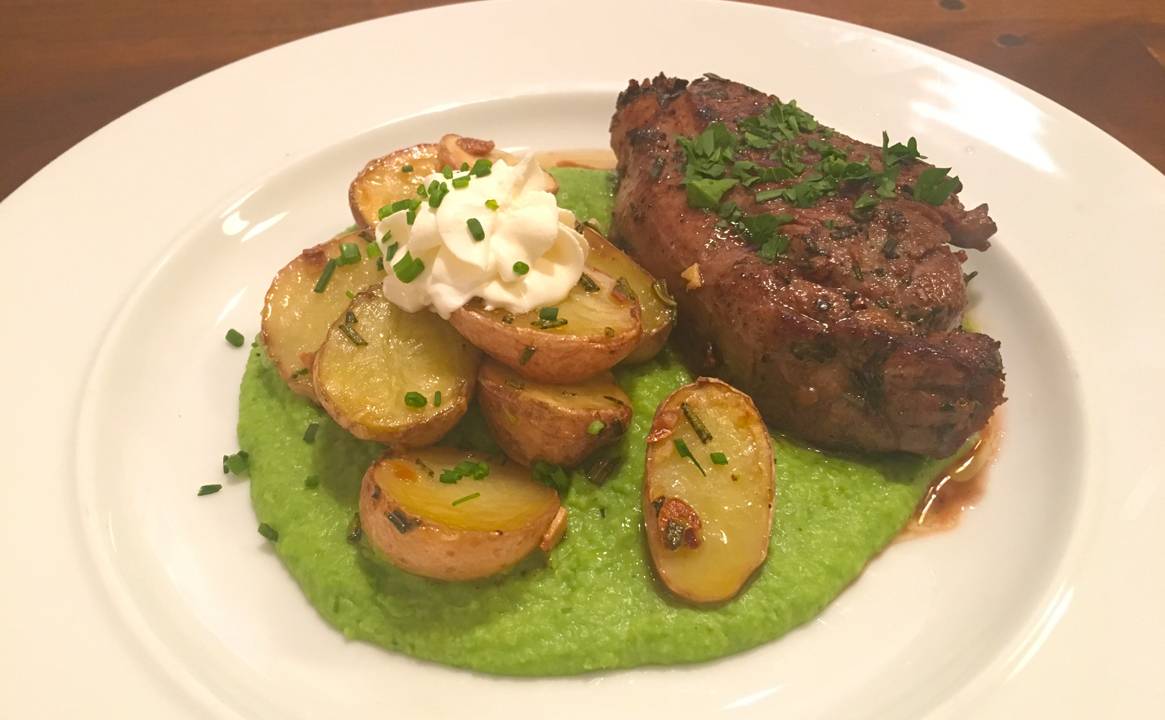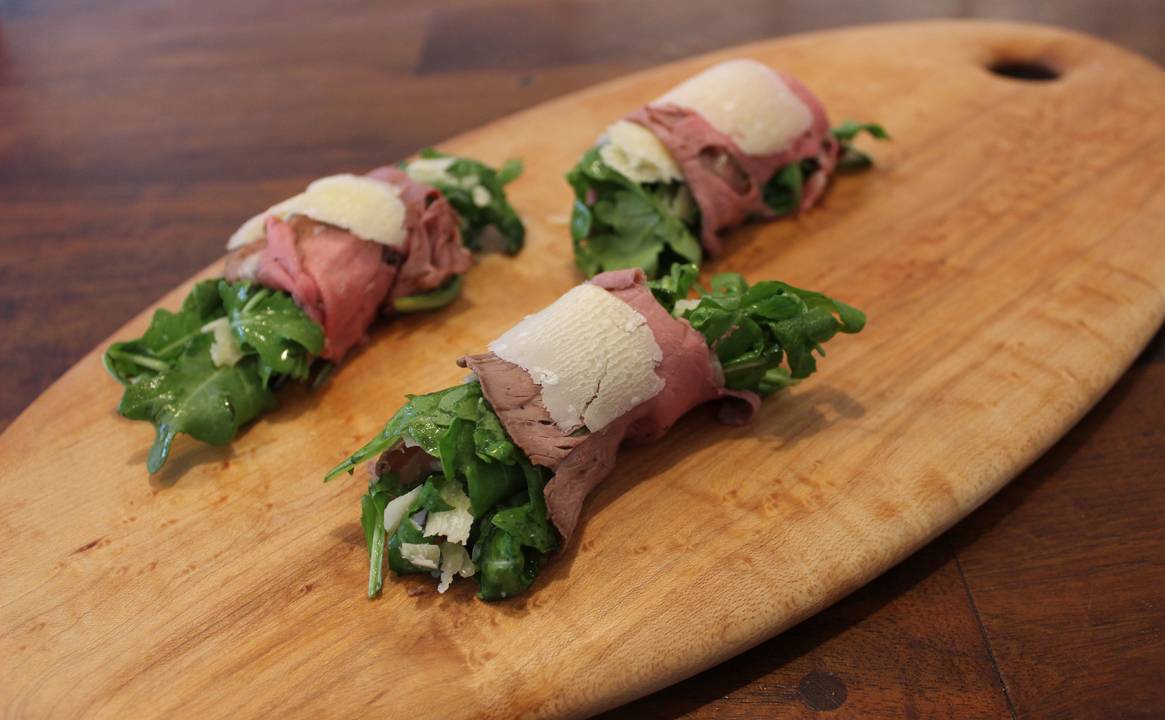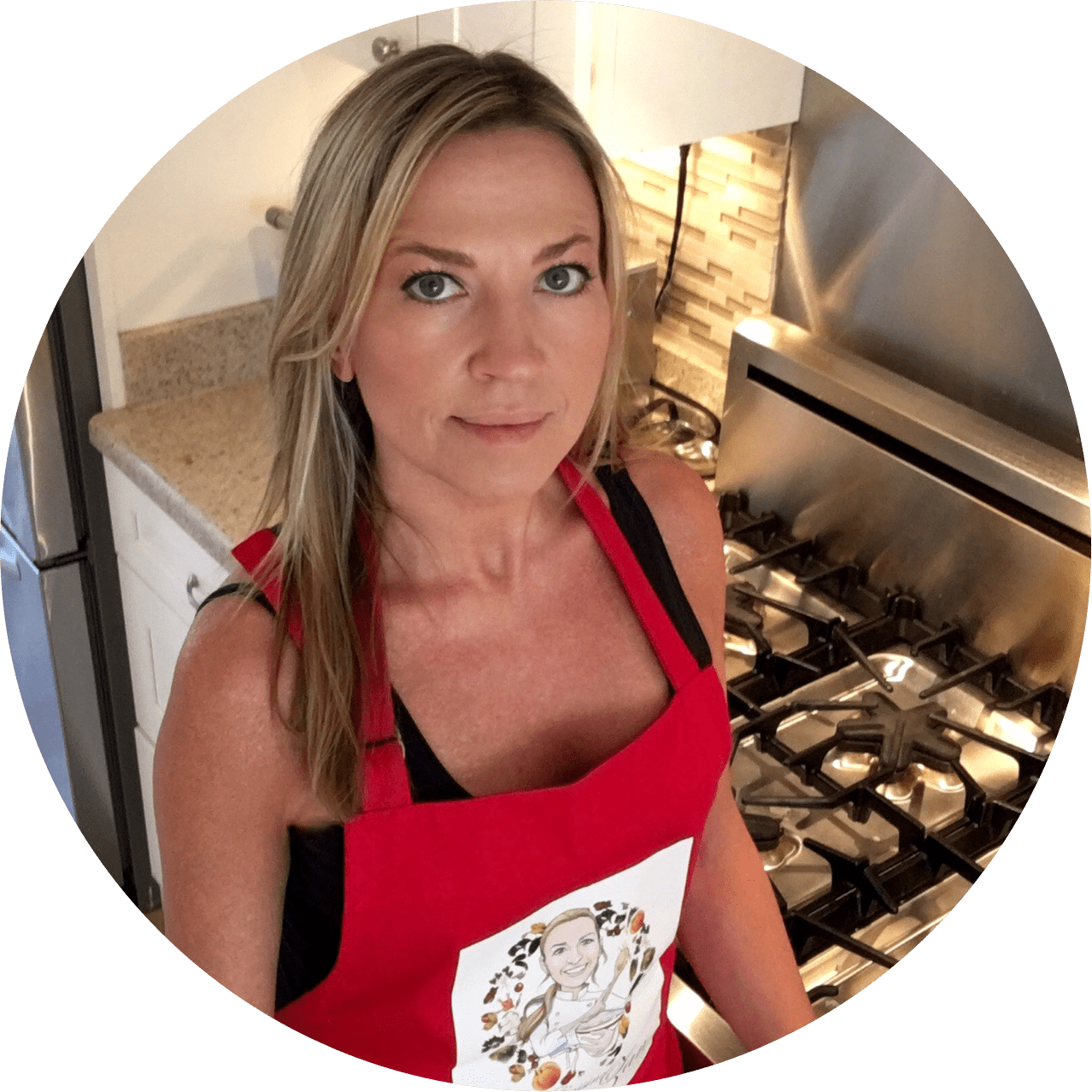
Orange Chicken

My husband has always loved a tangy Chinese-American Orange Chicken. I found some great recipes online, and made some slight modifications. I’m mainly adding this one to the blog, so I have quick access to it, but beware, it does take a few steps so it might not be for everyone. Serves 4
INGREDIENTS
For the chicken:
- 1 pound boneless, skinless chicken thighs, patted dry and cut into 1 1/2-inch pieces
- 1 teaspoon soy sauce
- 1 teaspoon Chinese Shaoxing wine or dry sherry
- 1/2 cup cornstarch
- About 2 cups canola oil for frying
For the orange sauce:
- 2-3 oranges
- 4 teaspoons cornstarch
- 2 tablespoon canola oil
- 4 cloves garlic, minced
- 3 teaspoons minced peeled fresh ginger (from 1-inch piece)
- 1/4 teaspoon crushed red pepper (more if you like it spicy)
- 2 tablespoon low-sodium soy sauce
- 2 teaspoon Chinese Shaoxing wine or dry sherry
- 2 teaspoon rice vinegar (not seasoned) or cider vinegar
- 4 tablespoons sugar
- 4 scallion/green onions (thinly sliced for garnish)
- Cooked rice for serving
PREPARATION
Prep the chicken:
- In a medium mixing bowl, combine the wine and soy sauce together. Toss the chicken pieces with the sauce and let stand while you make the sauce.
Make the orange sauce:
- Using a vegetable peeler, remove the zest from 1 orange and finely chop it.
- Squeeze 2 oranges to make at least 1 cup of juice (use additional orange if necessary). In a small bowl, whisk together the juice and 2 teaspoons cornstarch until the cornstarch is dissolved.
- In a 10-inch skillet, heat 1 tablespoon oil over medium heat, add the garlic, ginger, crushed red pepper, and orange zest and stir-fry until golden, about 30 seconds. Add the soy sauce, wine, vinegar, and sugar and stir until the sugar dissolves, about 5 seconds. Stir the orange juice–cornstarch mixture then add it to the skillet. Bring the sauce to a boil, stirring, then reduce the heat to low and simmer, uncovered, for 1 minute. Remove the skillet from the heat and set it aside while you fry the chicken.
Fry the chicken:
- Once the chicken is fried, place the skillet of reserved orange sauce over moderately low heat and bring it to a simmer, stirring and thinning the sauce with a little water if necessary. Add the chicken, and stir until thoroughly coated in sauce.
- In a 10-inch cast-iron skillet, heat 1/2 inch of oil until a thermometer registers 365°F. Or you can use a deep fryer if you have one, which is easier to program the temperature. Meanwhile, coat half of the chicken, a couple pieces at a time, in cornstarch, making sure they are well coated and gently knocking off any excess, then transfer to a plate. Carefully add the coated chicken to the hot oil, making sure to space the pieces apart from each other, otherwise they clump together. Fry the chicken, turning it once or twice, until deep golden, about 5 minutes. While frying, adjust the heat as necessary to keep the oil at 365°F. Using a slotted spoon, transfer the chicken to the paper-towel-lined baking sheet. Continue to coat and fry the remaining chicken in the same manner, returning the oil to 365°F between batches.
- Once the chicken is fried, place the skillet of reserved orange sauce over moderately low heat and bring it to a simmer, stirring and thinning the sauce with a little orange juice if necessary. Add the chicken, and toss until thoroughly coated in sauce.
To serve:
- Transfer the chicken to a serving dish and garnish with the scallions. Serve immediately with rice.
Another photo: (added some sesame seeds to the recipe)


